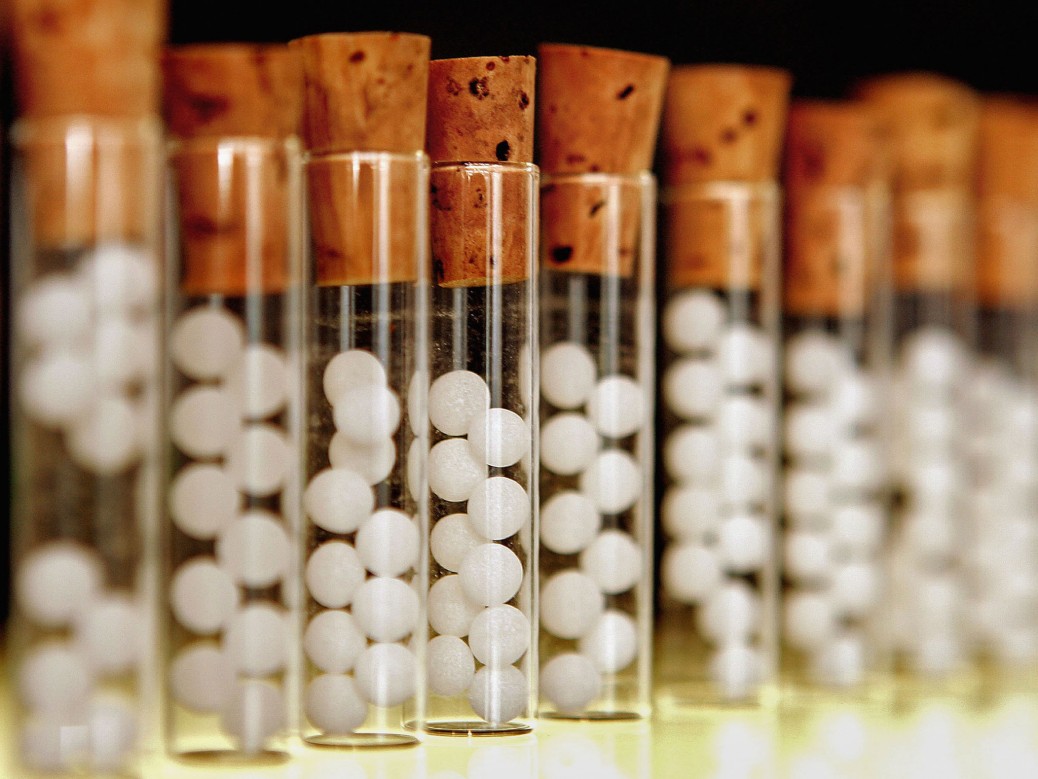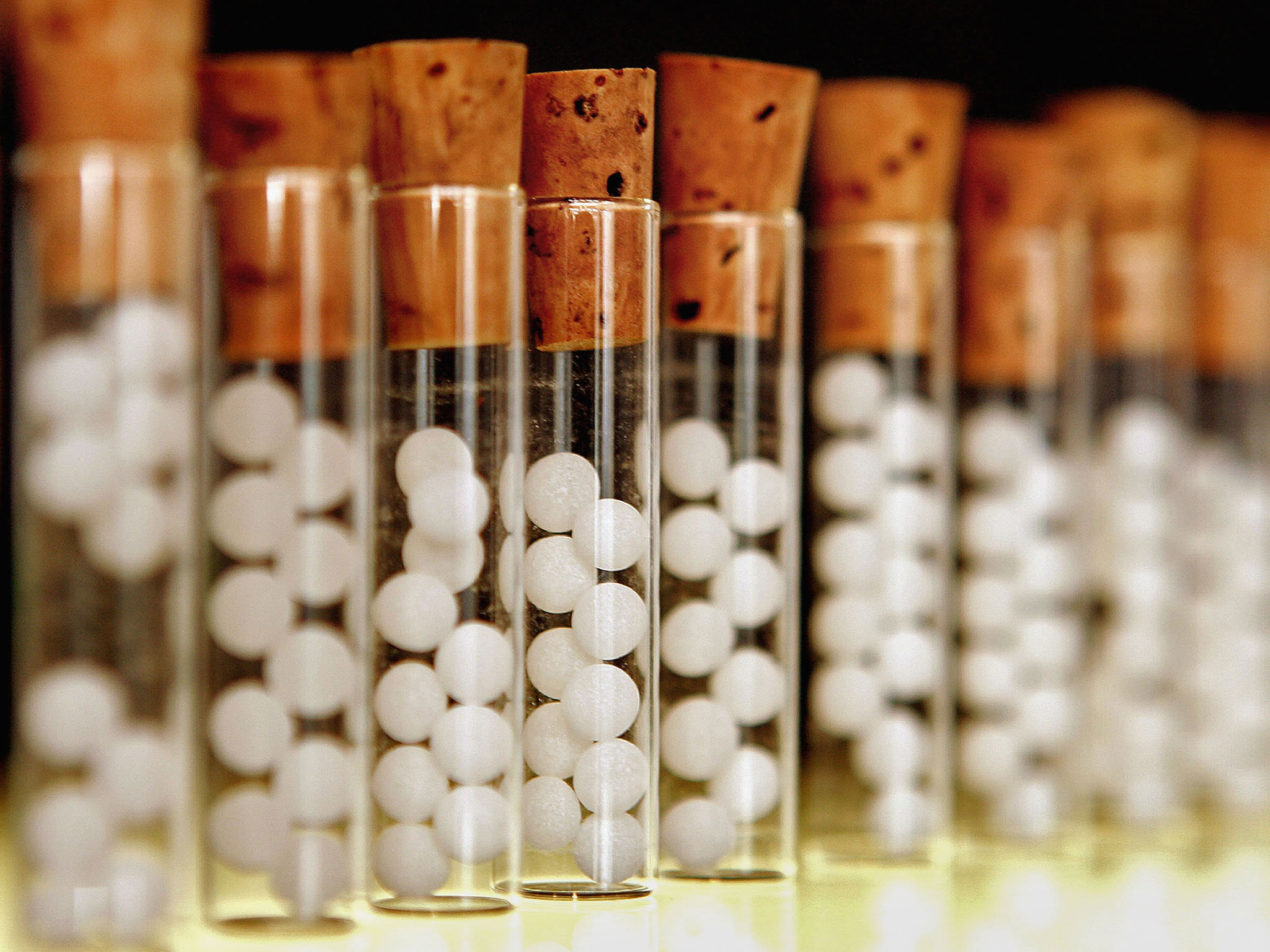Uterine fibroids are noncancerous growths of the uterus that often appear during childbearing years. Also called leiomyomas (lie-o-my-O-muhs) or myomas, uterine fibroids aren’t associated with an increased risk of uterine cancer and almost never develop into cancer.
Fibroids range in size from seedlings, undetectable by the human eye, to bulky masses that can distort and enlarge the uterus
Symptoms
- Heavy menstrual bleeding
- Menstrual periods lasting more than a week
- Pelvic pressure or pain
- Frequent urination
- Difficulty emptying the bladder
- Constipation
- Backache or leg pains
Fibroids are generally classified by their location. Intramural fibroids grow within the muscular uterine wall. Submucosal fibroids bulge into the uterine cavity. Subserosal fibroids project to the outside of the uterus
Causes
Doctors don’t know the cause of uterine fibroids, but research and clinical experience point to these factors:
- Genetic changes. Many fibroids contain changes in genes that differ from those in normal uterine muscle cells.
- Hormones. Estrogen and progesterone, two hormones that stimulate development of the uterine lining during each menstrual cycle in preparation for pregnancy, appear to promote the growth of fibroids. Fibroids contain more estrogen and progesterone receptors than normal uterine muscle cells do. Fibroids tend to shrink after menopause due to a decrease in hormone production.
- Other growth factors. Substances that help the body maintain tissues, such as insulin-like growth factor, may affect fibroid growth.
- Extracellular matrix (ECM). ECM is the material that makes cells stick together, like mortar between bricks. ECM is increased in fibroids and makes them fibrous. ECM also stores growth factors and causes biologic changes in the cells themselves. The growth patterns of uterine fibroids vary – they may grow slowly or rapidly, or they may remain the same size. Some fibroids go through growth spurts, and some may shrink on their own.
Many fibroids that have been present during pregnancy shrink or disappear after pregnancy, as the uterus goes back to a normal size.
Risk Factors
There are few known risk factors for uterine fibroids, other than being a woman of reproductive age. Factors that can have an impact on fibroid development include:
- Race. Although any woman of reproductive age can develop fibroids, black women are more likely to have fibroids than are women of other racial groups. In addition, black women have fibroids at younger ages, and they’re also likely to have more or larger fibroids, along with more-severe symptoms.
- Heredity. If your mother or sister had fibroids, you’re at increased risk of developing them.
Other factors. Onset of menstruation at an early age; obesity; a vitamin D deficiency; having a diet higher in red meat and lower in green vegetables, fruit and dairy; and drinking alcohol, including beer, appear to increase your risk of developing fibroids.
Complications
Although uterine fibroids usually aren’t dangerous, they can cause discomfort and may lead to complications such as a drop in red blood cells (anemia), which causes fatigue, from heavy blood loss. Rarely, a transfusion is needed due to blood loss.
Pregnancy and fibroids: Fibroids usually don’t interfere with getting pregnant. However, it’s possible that fibroids – especially submucosal fibroids – could cause infertility or pregnancy loss.
Fibroids may also raise the risk of certain pregnancy complications, such as placental abruption, fetal growth restriction and preterm delivery.
Prevention
Although researchers continue to study the causes of fibroid tumors, little scientific evidence is available on how to prevent them. Preventing uterine fibroids may not be possible, but only a small percentage of these tumors require treatment.
But, by making healthy lifestyle choices, such as maintaining a normal weight and eating fruits and vegetables, you may be able to decrease your fibroid risk.
Also, some research suggests that using hormonal contraceptives may be associated with a lower risk of fibroids.
Homeopathic Treatment
Homoeopathy: To avoid surgery of Uterine Fibroids or Myomas
Uterine fibroid or myoma is a non-cancerous i.e. benign growth in the uterus. They are also called fibromyoma, myofibroma and fibroleiomyoma.
They vary in size, usually grow slowly, and may occur in the wall of the uterus or inside the cavity, in the cervix (the part below the uterus) or at times even on the outer side of the uterus. They are usually made up of muscular or fibrous tissue of the uterus and blood vessels.
Uterine fibroids or myomas are extremely common and occur in 20 to 25% of women by the age of 40 and 50% of women in general and are the most common cause of major surgery in women. They usually develop in women between 30 and 50 years of age.
Homoeopathy Can Help Avoid Surgery (Hysterectomy):
Homoeopathy as a scientific system of therapeutics is based on identifying the individual as an entity and selecting the similimum according to his characteristics. In homoeopathy each individual is considered as a distinct entity with certain characteristics of his own and based on these characteristics we choose an identical medicinal picture. Sometimes, we come through remedies which seem to have similar profiles but on closer observation we recognize the subtle difference which gives both a distinct identity. Thus we see that Individualization is one of the basic tenets of Homoeopathy.
Homoeopathy believes that each individual of any race, nationality, breed or background has some characteristic features which differentiate him from all others of his own kind. Even two twins with the same environmental and genetic background have some features which differentiates them. You must have seen that in the same family too every individual responds differently to the same situation, a drench in rain may cause backache in one, fever in other and headache in the third. Why is it so? It is because each of us has a different Constitution, an altogether different individuality. Every person reacts to any external agent according to his/her individuality.
Fibroids are a leading cause of hysterectomy (the removal of the uterus). Removal of the uterus leads to surgically induced menopause. The abrupt disruption in the production of hormones will cause symptoms that are more severe, more frequent and last longer compared with symptoms of natural menopause.
Myomectomy is the surgical removal of the fibroid while preserving the uterus but recurrences are often observed.
Homoeopathic remedies tend to balance the hormones, cure the fibroids and reduce heavy menstrual bleeding. They are natural, effective, with no side effects and can be used even during pregnancy.
There are more than 50 homoeopathic medicines for fibroids. Some of the most commonly used preparations include:
- Aurum Muriaticum: The sodium salt of the gold chloride decreases the fibroid’s size by treating congestion and in duration of female genital organs. The woman may also suffer from depression, high blood pressure, palpitations.
- Calcarea Carbonica: Fibroids in menopause with heavy menstrual bleeding Chilly, stout and slow woman, easily tired by exertion.
- Calcarea Fluorica: Stony hard and multiple fibroids, fibrocystic breast disease. The woman is also prone to joint pain or bone spurs, hemorrhoids, varicose veins.
- Phosphorus: Fibroids with heavy uterine bleeding, Anemia. Tall and slender woman. Open, friendly, anxious and fearful.
- Sepia: Pelvic pain or discomfort, low back pain, frequent urinary tract infections and recurrent yeast infections, vaginal or uterine prolapse. Reserved, tired, depressed.










